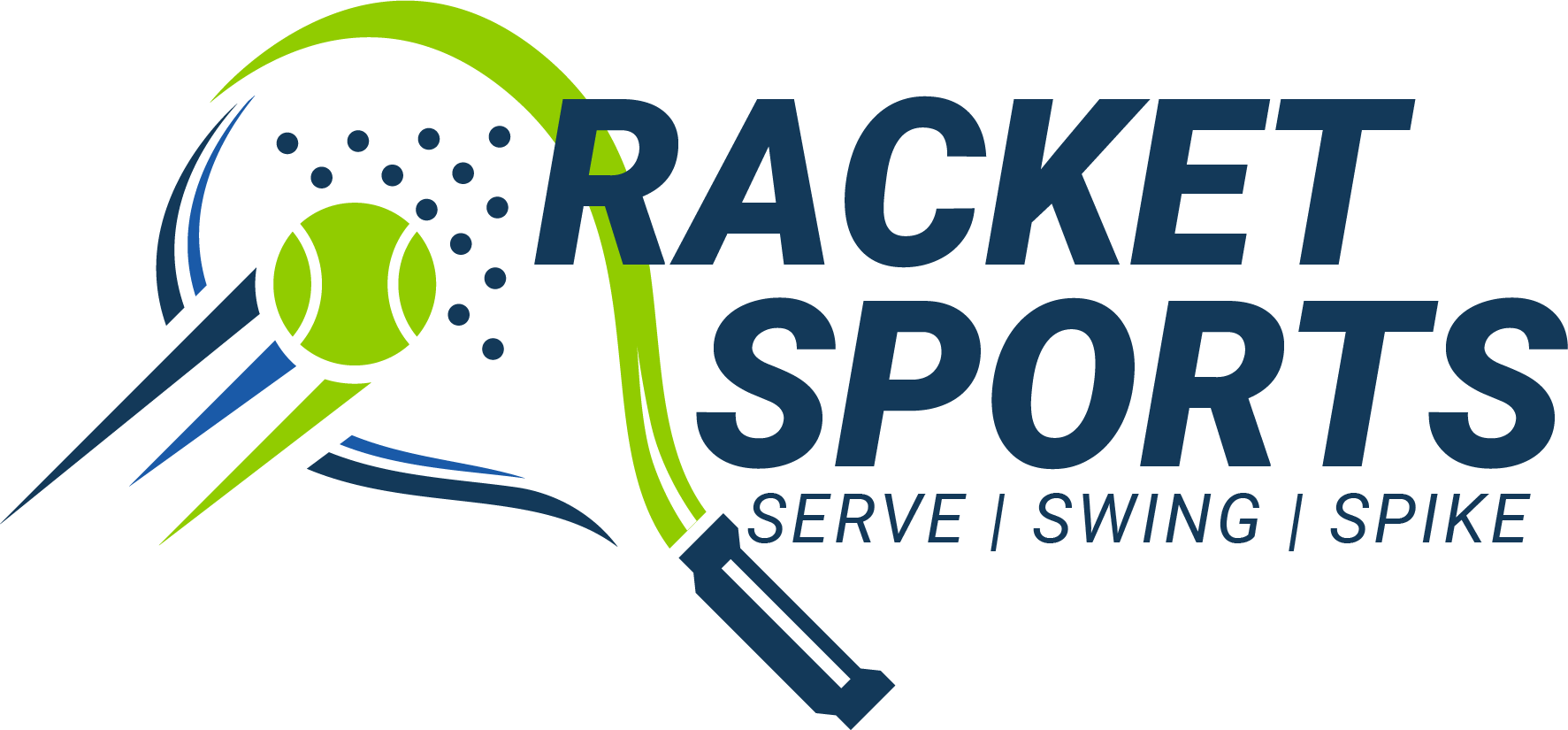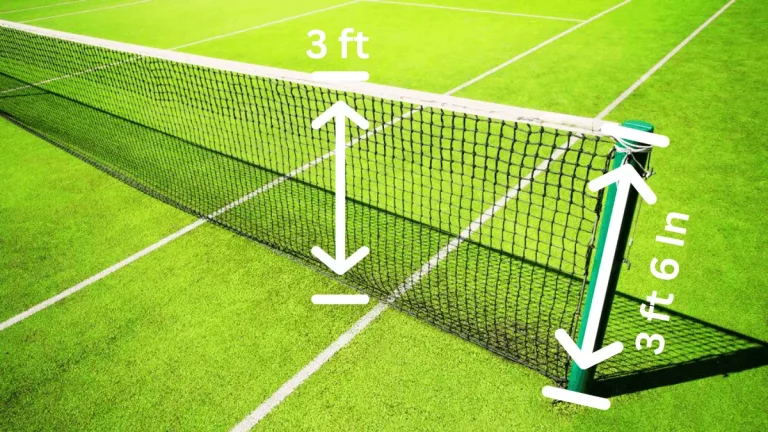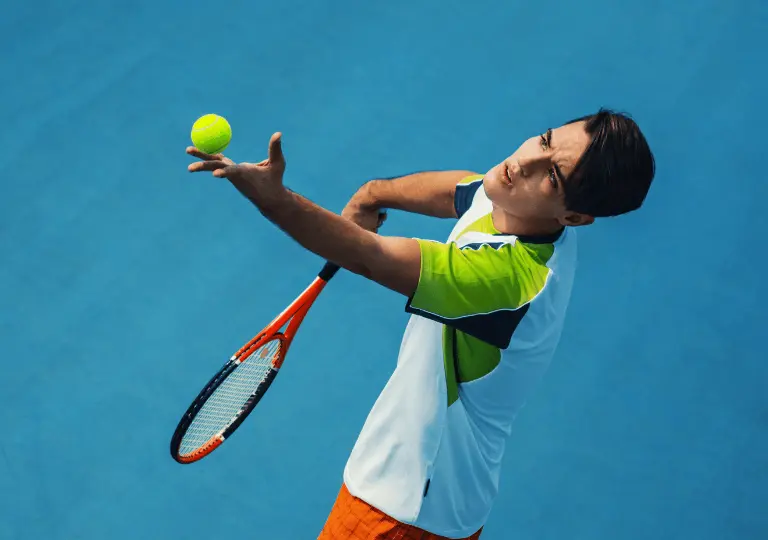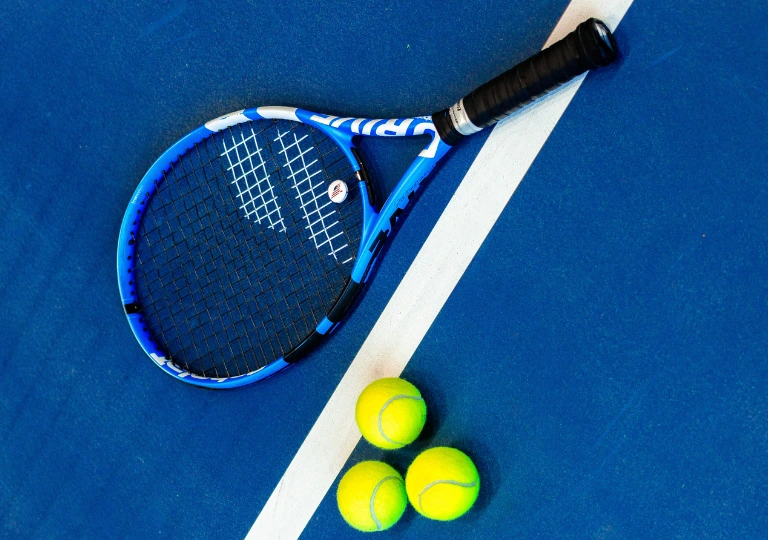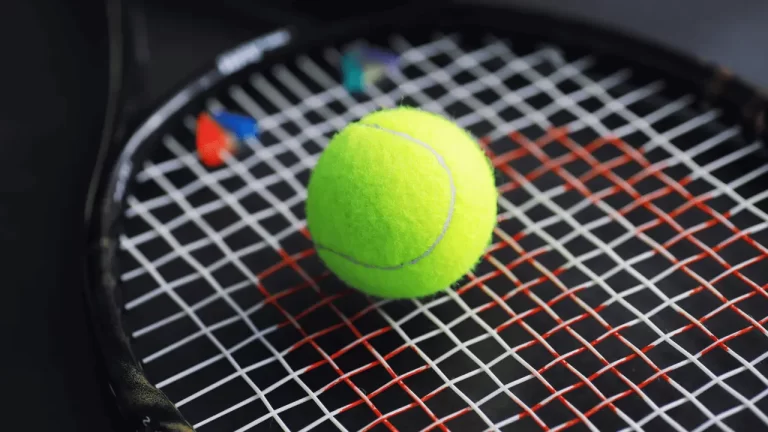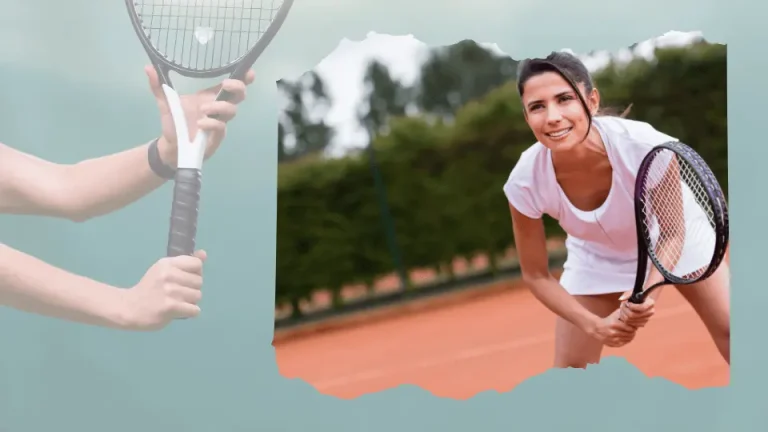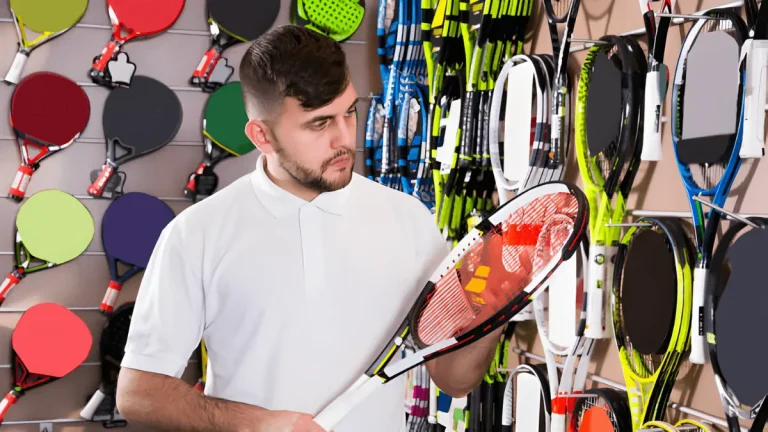Which is the fastest tennis surface? Clay, Grass, or Hard Courts
When you start playing tennis, control is the thing that you need to master before practicing the power. But do you know which is the fastest tennis surface and what kind of surface you need to choose first?
When I started playing tennis I came to know that grass is the fastest tennis surface where I need more control to serve properly but wait, let me discuss all the surfaces in detail.
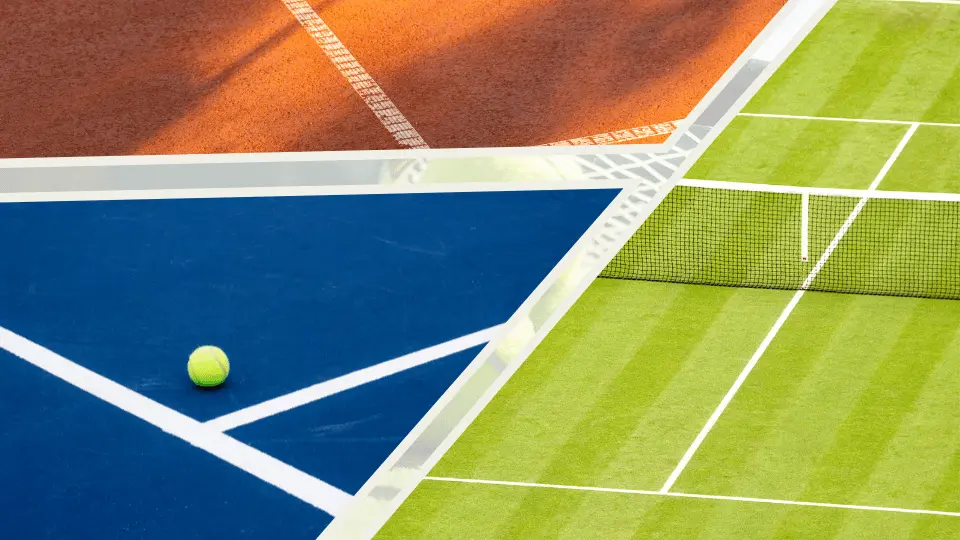
Most commonly three types of tennis surfaces are used to play tennis. These types are Grass courts, Clay courts, and Hard courts. All these surface courts are specifically designed for different types of tennis tournaments like Wimbledon, the French Open Grand Slams, and many others.
What Are The Different Types Of Tennis Court Surfaces
Tennis is a very popular game and is played at national and international levels. Different types of surfaces are used to play tennis. Each surface has a different impact on the play and players’ performance. These surfaces are of three types, made for different skill levels and needs:
Clay Court
The clay courts are normally made of bricks and crushed stones with a layer of unbound material on the top of the surface. Most clay courts are of two types: Red clay courts and Green clay courts.
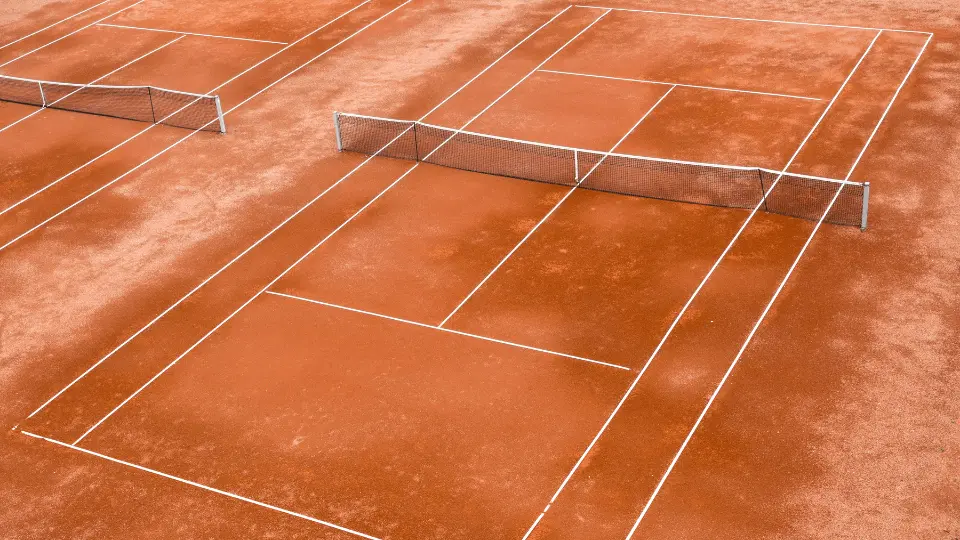
This tennis court is mostly popular in America and the French Open Grand Slam is often played on that kind of surface. By slowing down the ball this surface hits a high bounce. The surface is mostly suitable for the baseline players and for those who like to play tactically using a lot of spins.
Players have different interests in playing tennis and their practice also matters a lot. Only a player can play successfully on any surface if the psychology of the player matches the surface and their will to play.
Best For:
Not all players love clay courts because they absorb quite alot of energy resulting in a low bounce rate. So players that play aggressive shots on fastballs, don’t play well on the clay courts. The lay courts have been used only in the French Open and many top players like Pete Sampras haven’t won a grand slam on it yet because of its difficult and slow nature.
Grass Court
The Grass surface is the traditional lawn surface and is famous for playing in the Wimbledon tennis tournament. It is considered the signature surface of Wimbledon. It’s not working these days because too much care and maintenance is required to keep this surface ready for playing.
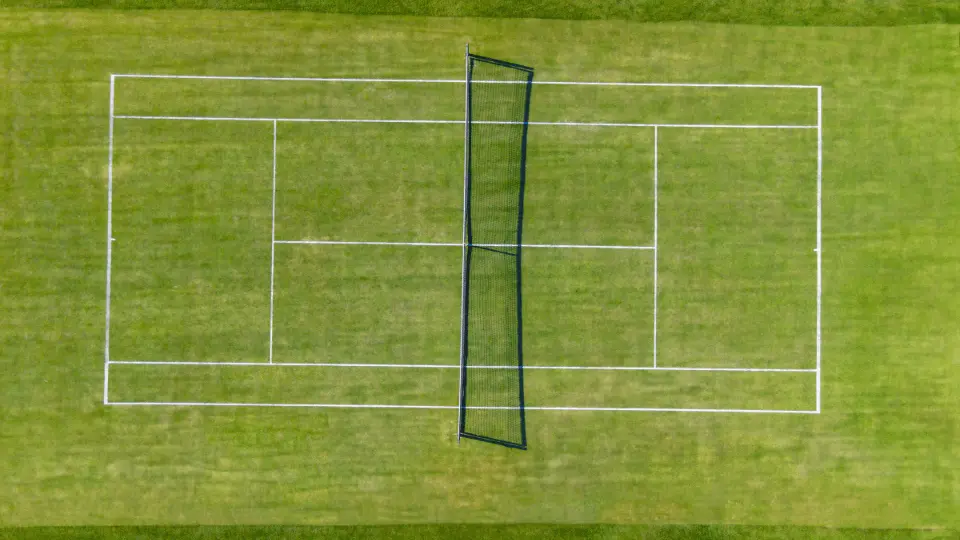
It is a quick surface and the ball bounces low on this. The players need to get the ball quicker than on clay and hard surfaces. Grass courts are in favor of big serve and are beneficial for those players who want to remain near the net.
Some players feel easy on grass courts and result in high scores but others feel tough and cannot play well. All this is because of one’s interest and practice on different surfaces.
Best For:
Grass court is the fastest and highest-in-demand surface because of its versatility. It has the fastest serve and volley so it is the best for fast and aggressive players. As the ball hits the grass faster because of low friction, it bounces faster to benefit the aggressive players.
The grass tennis court is a signature choice of Wimbolden and the top players like Pete Sampras, John McEnroe, and Roger Federer have played on grass courts.
Hard Court
Hard Court or surface is normally made of acrylic layers on the top of the asphalt foundation. It is the hardest surface for playing tennis. Rubber and resin are also used in the construction of this surface.
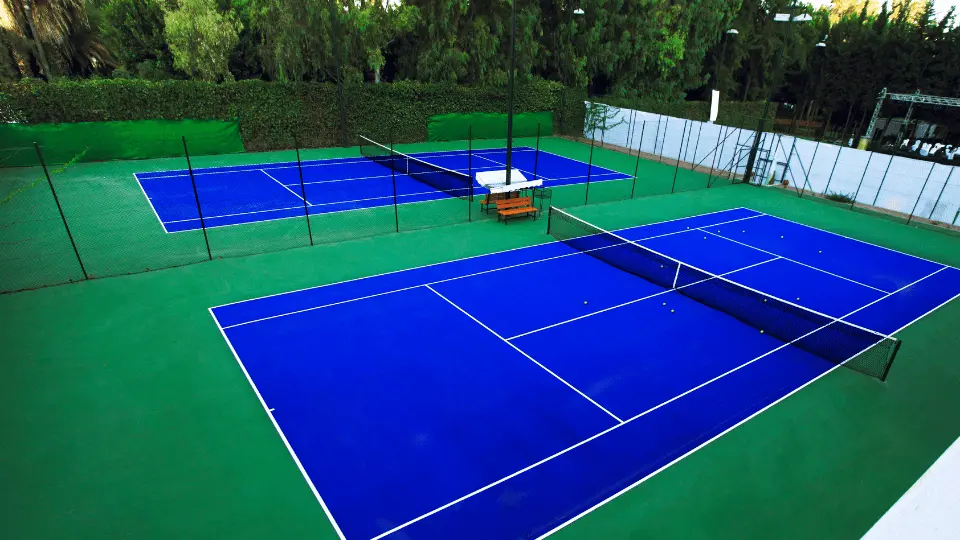
The ball speed on that surface depends on the sand present on the top of the surface. The serve speed on that court is faster than clay court and lower than grass court. Slam tournaments are played on that surface.
All-rounder players play quite well on that kind of surface. The performance on that surface is also dependent on the practice of players and their interest in playing on it.
Best For
As a hard court is made of asphalt and concrete, it tends to be a robust surface, almost suitable for anyone. As the hardcourt absorbs less energy, the ball bounces back with higher energy, which is good for advanced players. The best examples of hardcourt surface events are the US Open and Australian Open.
What Else Affects Surface Speed?
Weather
Weather affects highly in hot summers on the play of tennis. The internal environment of play becomes tough and weather pressure on the ball results in more bounce and faster play.
Some players claim that extra humility causes the slowdown of play. But normally the rain is a big hurdle in play and causes a slowdown of play. When there was a big downpour the play stopped.
Balls
Ball also affects play and fluffy ones are selected for playing. When the pressure on the ball is high it will make a higher bounce. Balls slow down after the longer uses, Therefore they changed after every nine games in a pro match. Balls are used accordingly with their suitability for playing on any surface.
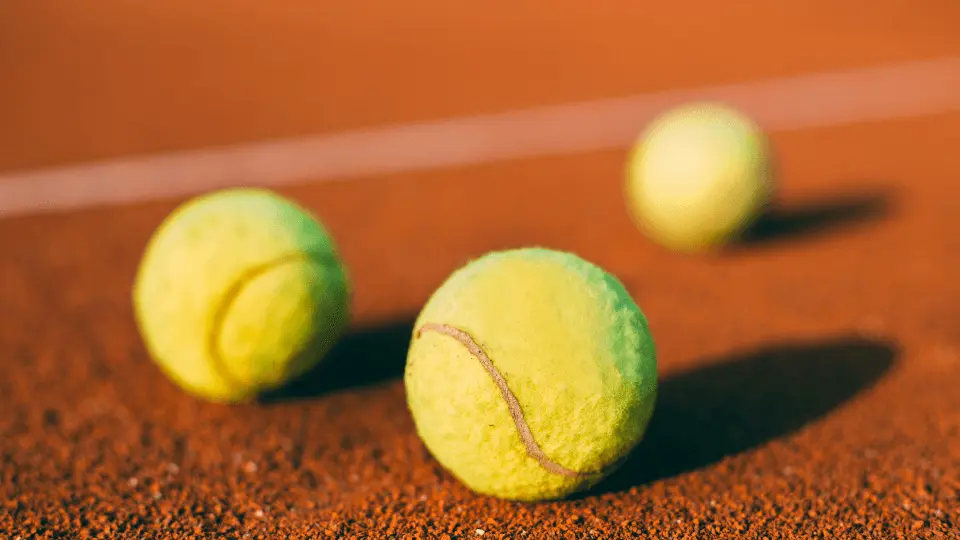
Specialty of Grass Court: What Makes it So Fast?
The grass court is not only the fastest among all but it also has the following attributes.
- It is expensive to maintain and keep a grass court intact.
- Proper care and fertilizers are needed for lush and good-quality bladed grass.
- Grass courts are only used for Wimbledon.
- Grass surfaces ar becoming obsolete slowly because of higher investments required.
- The ball rebounds quite differently on grass courts because of grass blades.
Remeber, the grass courts are becoming out of the picture so must give it a try before they disappear fro the tennis landscape.
Conclusion
So, normally hard court surfaces are used for training matches and then the tournaments other than Wimbolden but these are expensive as they need high maintenance and care. Also, in case of rain or moisture, the surface is slippery and not available for the matches.
Clay courts are slow and easy to start for beginners. As any backyard can be used as clay ourt, so beginners can get a hang of it before they master the game.
Last but not least are hard courts, best suited for all types of matches from beginners to pro-level games. All these kinds of court surfaces are effected by external factors such as moisture, ball, material, and usage.
FAQS
Do I need different tennis shoes for different surfaces?
If you’re playing on a court type regularly, it’s best to have shoes that suit that particular surface.
What is the fastest tennis surface?
The Grass Courts may also produce an unpredictable bounce to the ball due to the softer and slightly uneven surface of the grass. Due to the characteristics of the Grass Courts, the ball moves at a faster pace with a lower bounce thus favoring players with a good serve and net players.
Is Wimbledon a fast surface?
Yes, Wimbledon is the fastest grass court because of the proper maintenance and car required to keep it useable for the tournaments.
